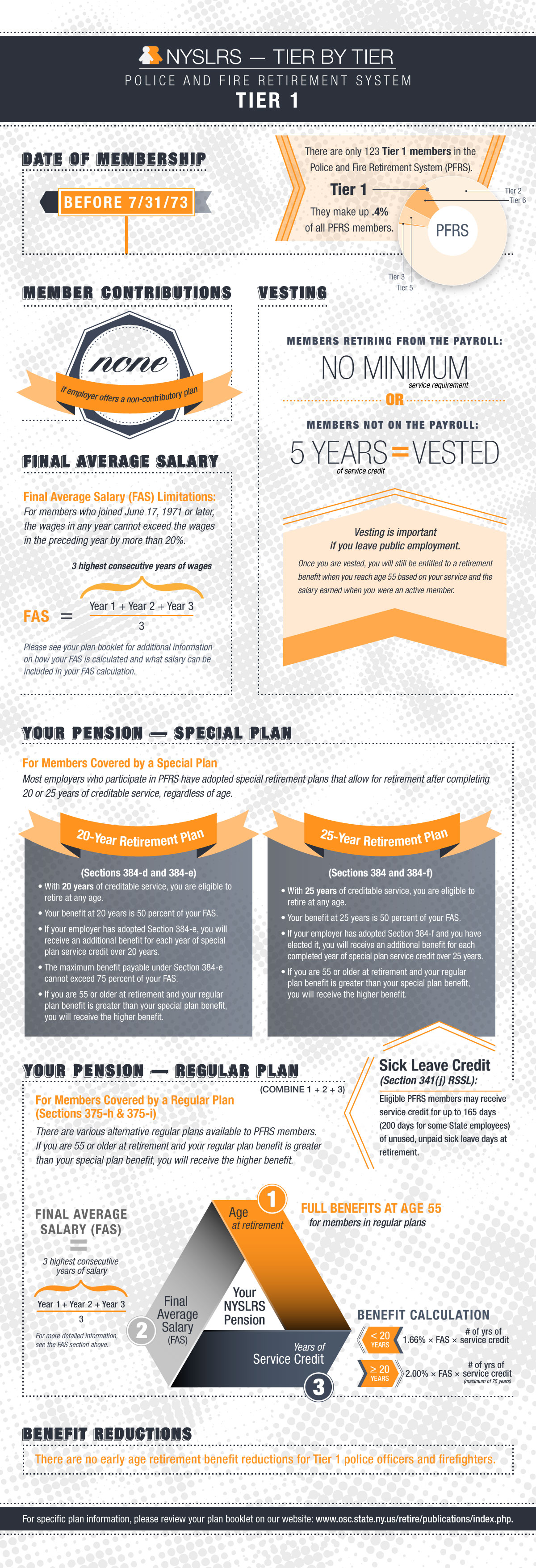 Since taking office, New York State Comptroller Thomas P. DiNapoli has fought against the abuse of public funds. One of his top priorities is to protect the New York State and Local Retirement System (NYSLRS) from pension scammers. With the help of New York State Attorney General Eric Schneiderman, DiNapoli has restored $6 million to the pension system.
Since taking office, New York State Comptroller Thomas P. DiNapoli has fought against the abuse of public funds. One of his top priorities is to protect the New York State and Local Retirement System (NYSLRS) from pension scammers. With the help of New York State Attorney General Eric Schneiderman, DiNapoli has restored $6 million to the pension system.
Earlier this year, they charged a Polk County, Florida woman with the theft of $120,000 from the pension system. The woman didn’t notify NYSLRS about her uncle’s death, and took out the pension benefits paid to his bank account for 12 years.
“Attorney General Schneiderman and I will continue our partnership to protect public money, including the retirement funds that so many New Yorkers depend upon,” DiNapoli said.
Here are some other pension scamming cases from May:
Defendant Accused of Stealing Deceased Mother’s Benefits
A New Jersey woman allegedly stole over $162,000 in pension benefits. According to the Comptroller and Attorney General’s Office, she failed to notify NYSLRS of her mother’s death. As a result, she continued to receive her mother’s benefits for six years even though her mother didn’t list her as a beneficiary.
If convicted, she could face up to five to 15 years in state prison.
Man Accused Of Stealing Deceased Godfather’s Retirement Benefits
A New Jersey man allegedly stole $78,000 in pension benefits payable to his godfather. When his godfather died in 2003, his godfather’s wife collected the benefits until her death in 2006. The man did not notify NYSLRS of their deaths, and used his power of attorney to access their bank account. He withdrew the pension benefits for six years.
If convicted, he could face up to five to 15 years in state prison.
Double-Dipping Retiree Owes Almost Half a Million Dollars
A retired police officer will repay $456,647 to NYSLRS. From 1996 to 2012, the retiree received a pension while earning a full-time salary at a public community college. Even though he knew of the retiree earnings limit, he exceeded it and didn’t report his public income to the state.
The retiree forfeited all future pension payments he would have earned, and will use them to pay back his debt.
If you want to learn more about how Comptroller DiNapoli safeguards public funds, visit the Comptroller’s Fighting Public Corruption page.



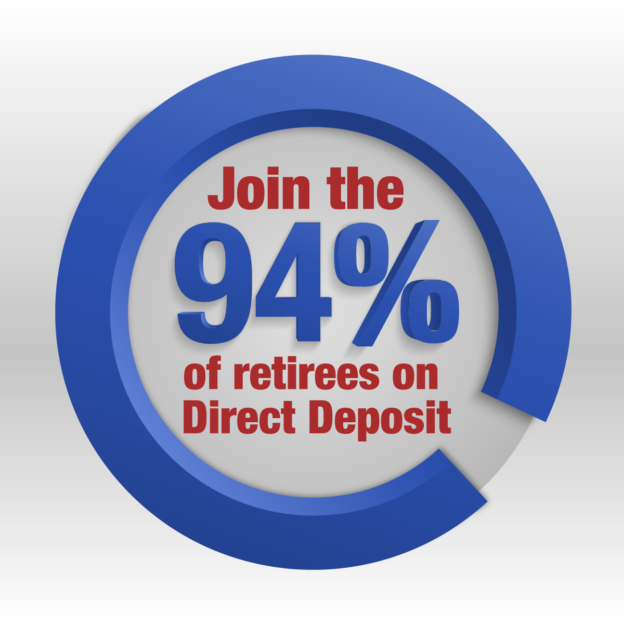
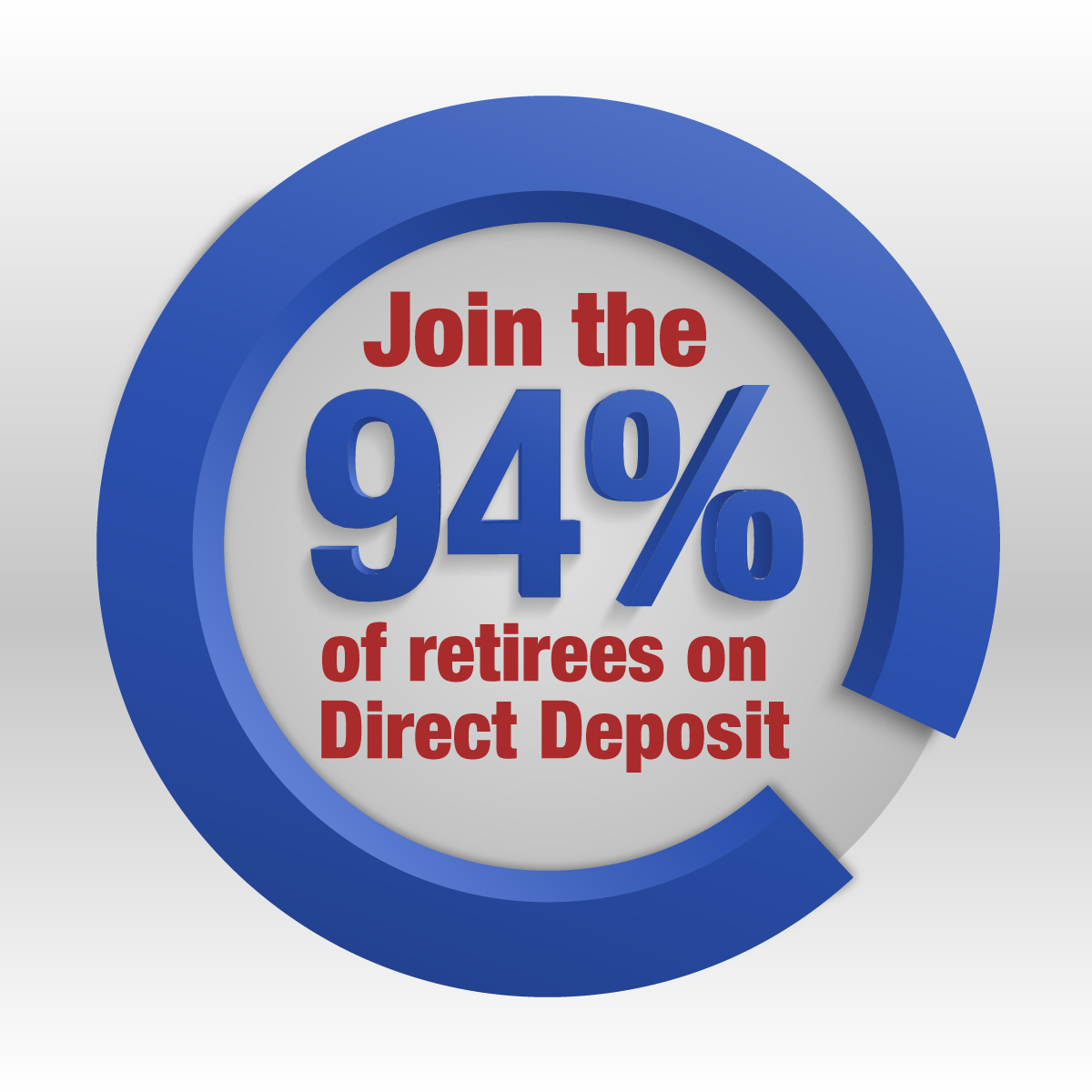

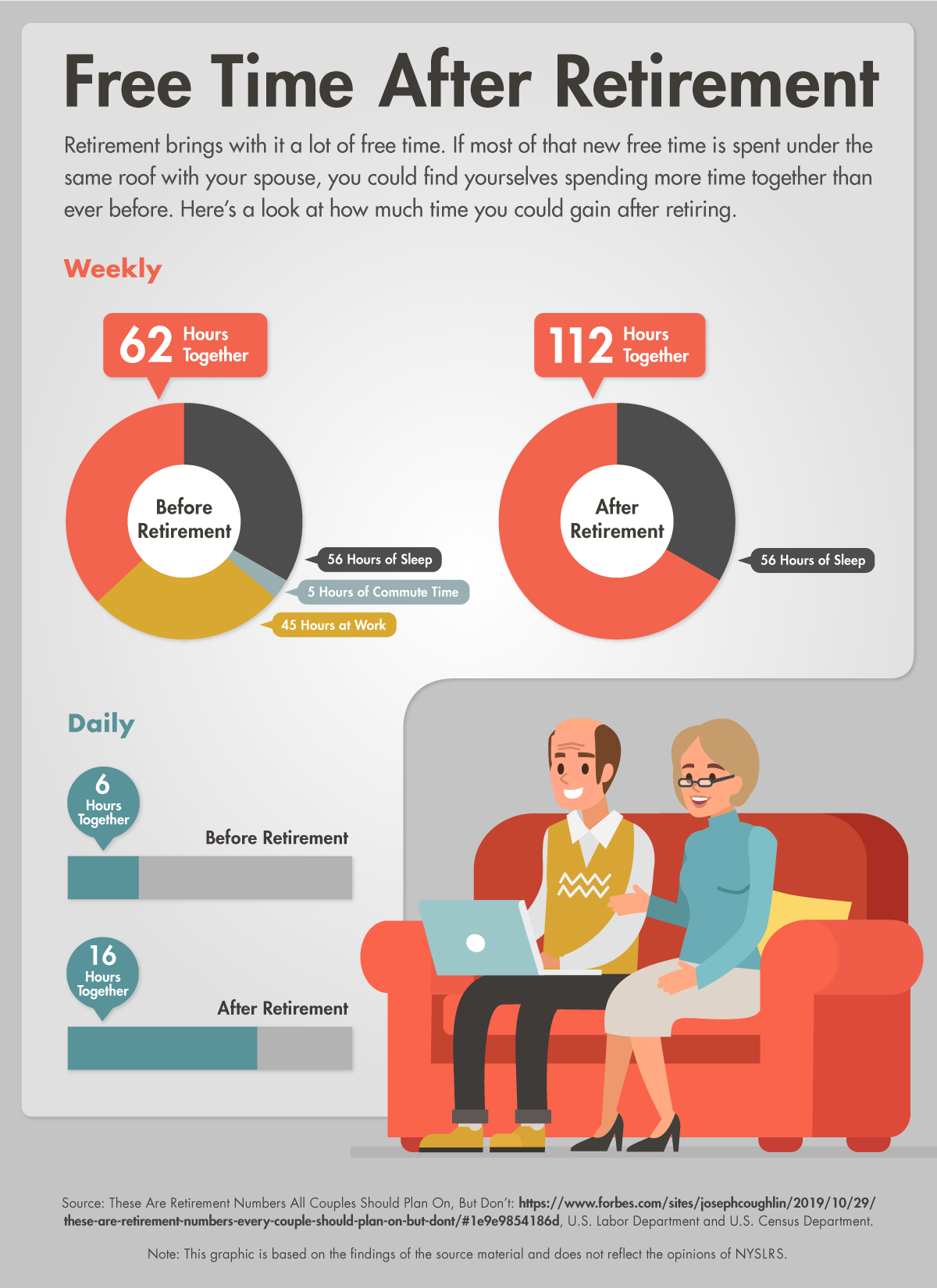



 If you have tax-deferred retirement savings (such as certain 457(b) plans offered by NYS Deferred Comp), you will eventually have to start withdrawing that money. After you turn 70½, you’ll be subject to a federal law requiring that you withdraw a certain amount from your account each year. If you don’t make the required withdrawals, called
If you have tax-deferred retirement savings (such as certain 457(b) plans offered by NYS Deferred Comp), you will eventually have to start withdrawing that money. After you turn 70½, you’ll be subject to a federal law requiring that you withdraw a certain amount from your account each year. If you don’t make the required withdrawals, called 
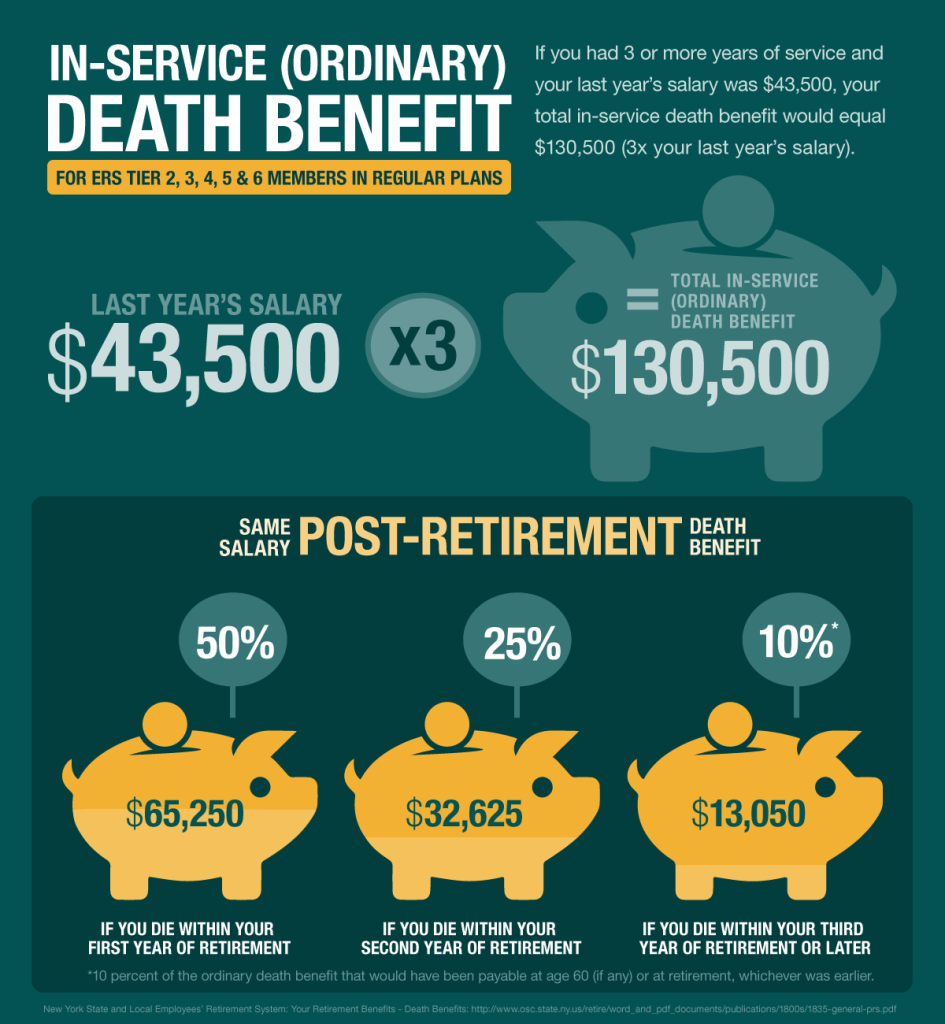
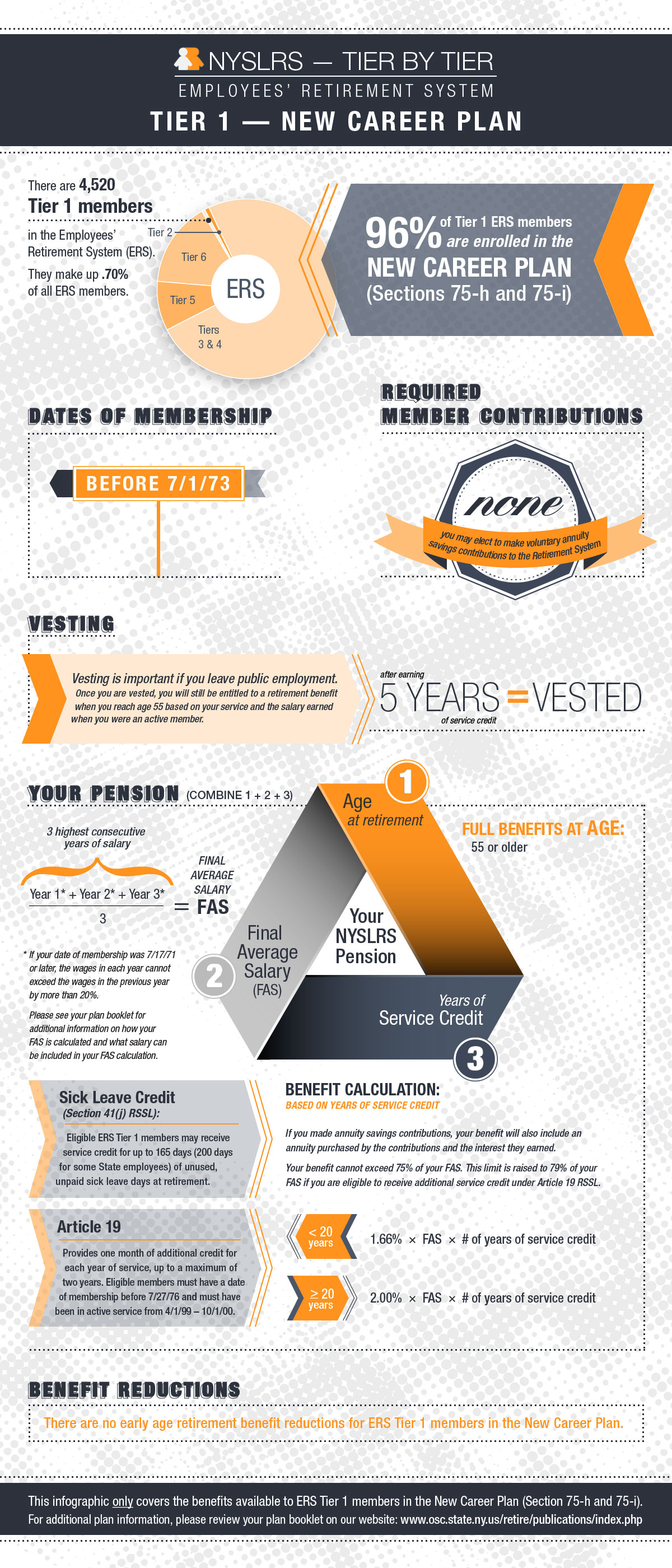
 Since taking office,
Since taking office, 